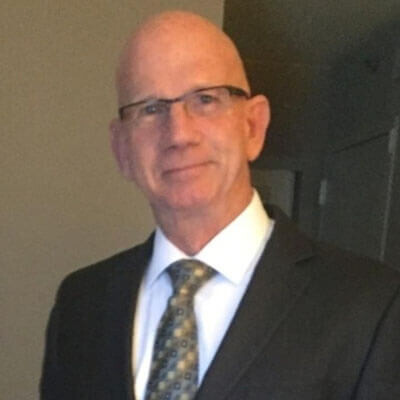Stories about someone’s successful career often begin with their start on the ground floor. For Marty Scanlon, that was the bottom of Great South Bay.
Today Scanlon, 70, of Hauppauge, N.Y., is captain of the Provider II, a 43-foot longline vessel that he pilots on trips of seven to ten days from New England for tuna and swordfish. A longtime figure in the tightly knit East Coast fleet, Scanlon started pelagic longlining in 1985 and has been president of the Blue Water Fishermen’s Association since 2017.
Scanlon was young when he first began working on the water back around 1970. The economy was not ideal, with inflation rising and then a Mideast oil embargo and energy crisis.
He looked for more opportunities in fishing. Longlining for tuna and swordfish was a growing sector and Scanlon started working in the fishery on Northeast boats like the Happy Hooker. He got to know and learn from pioneering captains like the late Nelson ‘Hammer’ Beideman of Barnegat Light, N.J., who was among the founders of the industry group Blue Water Fishermen.
“The boat’s legendary,” moves fast and “looks like a destroyer” at speed, said Scanlon. During those first years with Provider II the offshore trips were austere. “For a long time we didn’t have a generator. We’d call it camping out on Provider II, just running what we could on the 12-volt.”
As he grew in the fishery, Scanlon began to participate in fisheries management, joining the Blue Water Fishermen’s Association. Serving on the National Marine Fisheries Service Pelagic Longline Take Reduction Team in 2003, Scanlon helped resolve some conflicts with the introduction of a “communication protocol,” he said.
On the ocean, fishermen were already commonly sharing information about where turtles were being sighted and how to avoid them – a new data source for take reduction efforts. New gear and training helped fishermen make longline sets less likely to take non-target species and successfully release those they encountered.
Among his advisory roles Scanlon serves on the NMFS Atlantic Highly Migratory Species Advisory Panel, and the Hudson Canyon Sanctuary Advisory Council as an at-large citizen member.
Scanlon was among hundreds of U.S. fishermen who signed a 2015 letter to then-President Barack Obama urging him not to declare the Northeast Canyons and Seamounts Marine National Monument under the federal Antiquities Act. Fishermen stayed involved as the Obama administration moved toward the designation, and Scanlon recalled being at “the final meeting before Obama rolled it out.”
Monument advocates said the proclamation was needed to protect threatened and endangered marine mammals in the waters, and complex habitat on bottom slopes including deep corals.
The Obama administration moved to phase out trap fishing for lobster and crab, over protests and court challenges from fishermen’s groups. In July 2020, then-president Donald Trump announced he was rescinding the planned final ban.
“Pelagic longline gear used to catch swordfish has no impact on habitat,” James Budi of the American Sword and Tuna Harvesters longliners’ group said at the time. “Fishing impact on the monument below us is like a bird flying over the Grand Canyon.”
The 2024 presidential election could flip the situation again, Scanlon observed.







